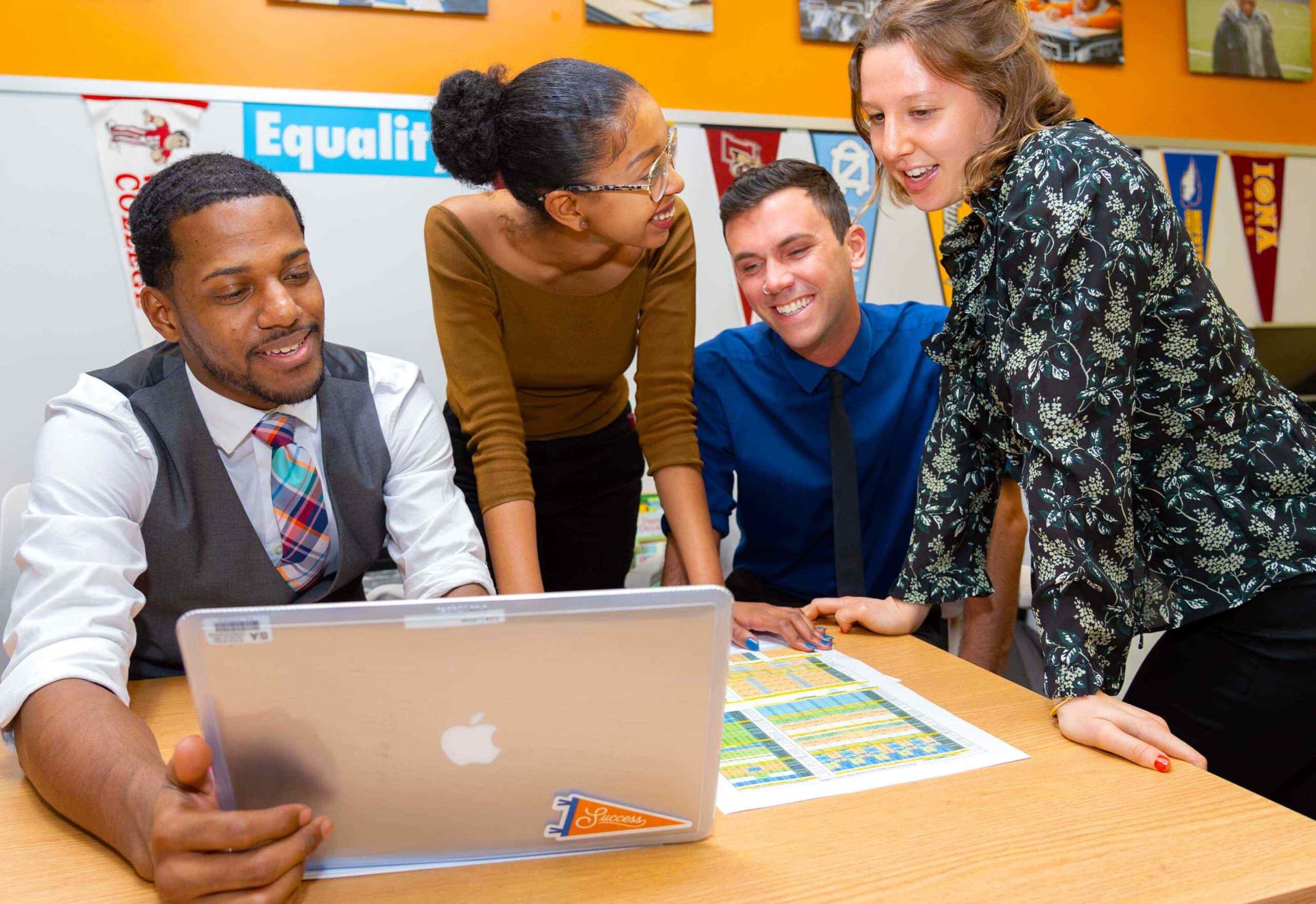Essential Question: How can we explain the surprising reaction between iron and sulfur?
Unit Storyline Synopsis: This unit focuses on chemical reactions, emphasizing both the changes in properties that can be detected before and after a reaction, and the law of conservation of mass. A surprising reaction between iron and sulfur is a jumping-off point. This unit also further explores the concept of energy in chemical reactions that will be highlighted in later studies of thermodynamics. By the end of this unit, chemistry is taken out of the lab and into the world, where scholars will learn more about the real-life applications of a substance’s chemical properties.
Why This Unit? After so many years of invention by scientists and engineers, how is it that new medications, fabrics, and other materials are still being created today? How is it possible that two substances, sitting calmly, can suddenly explode into a cascade of foam or burst into glowing flames when they come into contact? What are scientists really doing, at the molecular level, when they combine substances, and how do they classify the reactions they observe? Building upon their knowledge of elements, mixtures, compounds, and physical and chemical changes, scholars will solidify foundational understandings in chemistry and feel prepared to take on higher-level material in future units and physical science classes. By the end of this unit, chemistry is taken out of the lab and into the world, where scholars will learn more about the creation of new materials and the real-life applications of understanding a substance’s chemical properties.
